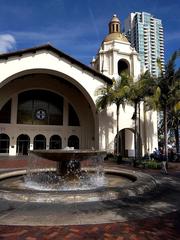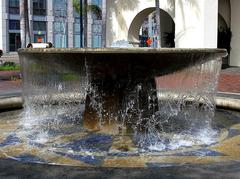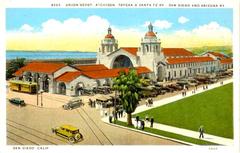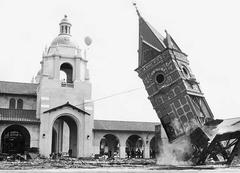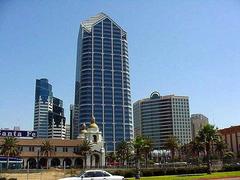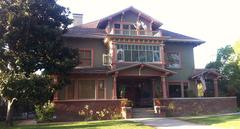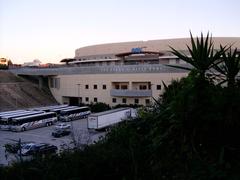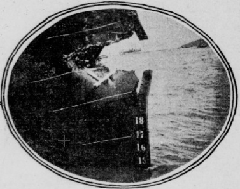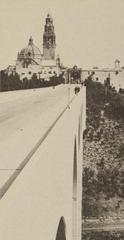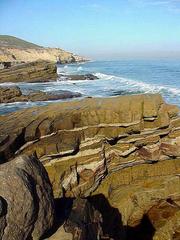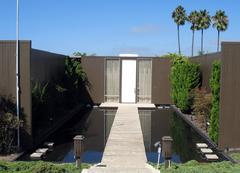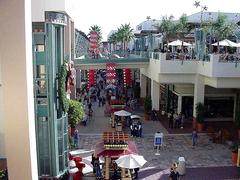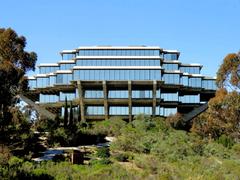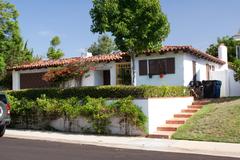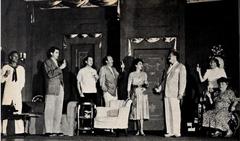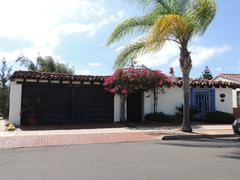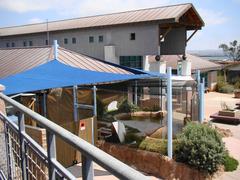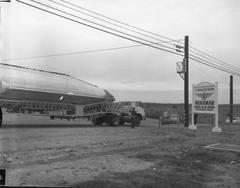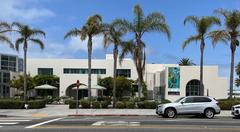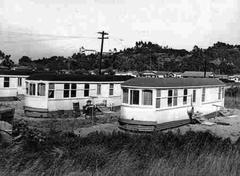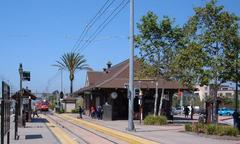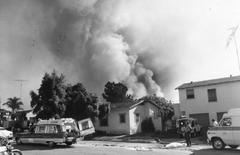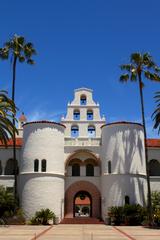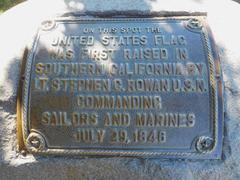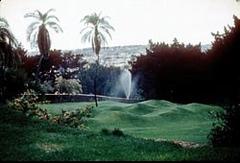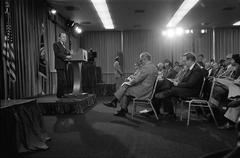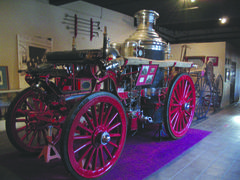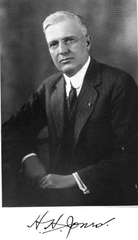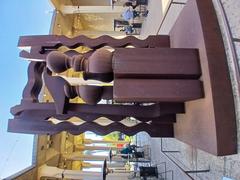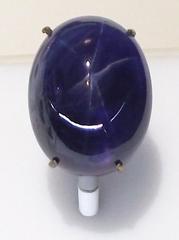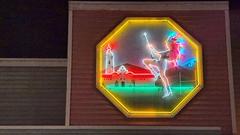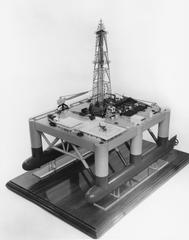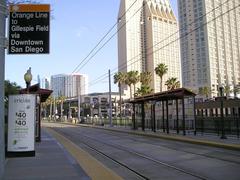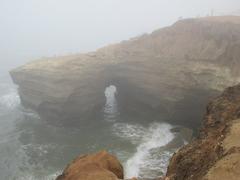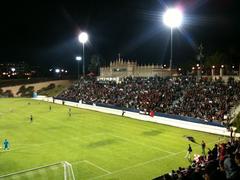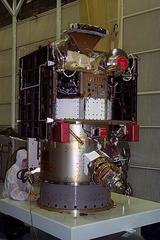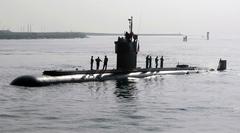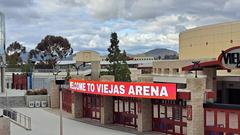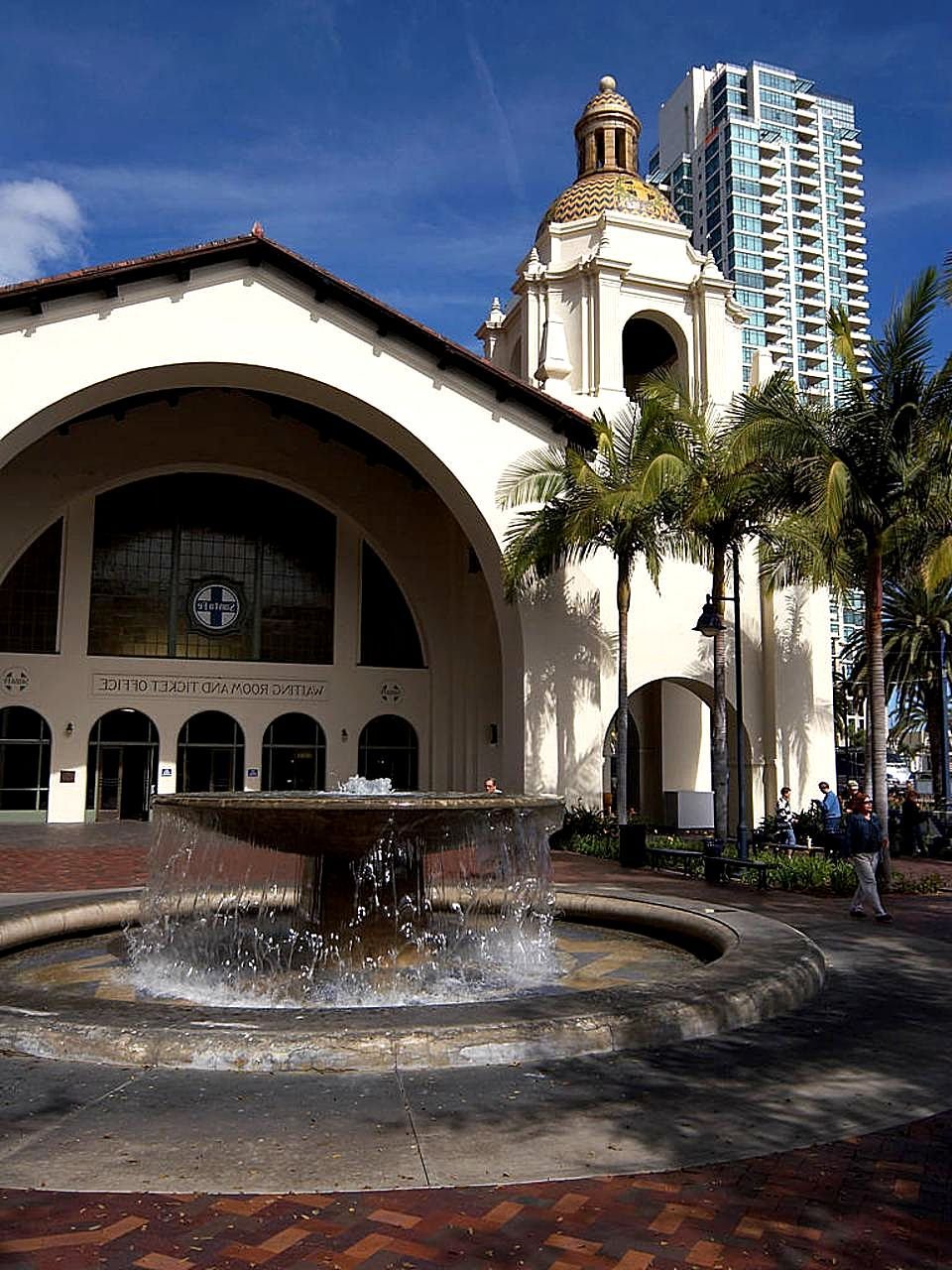
Santa Fe Depot San Diego: Visiting Hours, Tickets, and Historical Significance
Date: 14/06/2025
Introduction
Santa Fe Depot in San Diego is a striking architectural and historical landmark, central to the city’s transportation network and cultural identity. Opened in 1915 to coincide with the Panama-California Exposition, it was designed to serve as a grand gateway to the city and remains a vital multimodal hub today. The depot’s Spanish Colonial Revival and Mission Revival architecture, complete with iconic twin domes and intricate tilework, reflects California’s Spanish and Mexican heritage while offering modern amenities to travelers and visitors. This guide details the depot’s history, architectural significance, visitor information, accessibility, and nearby attractions, providing a comprehensive resource for planning your visit.
Table of Contents
- Introduction
- Origins and Construction
- Architectural Significance
- Role in San Diego’s Development
- Visiting Hours and Ticket Information
- Accessibility and Visitor Amenities
- Guided Tours, Events, and Photography
- Nearby Attractions and Travel Tips
- Preservation and The Depot Today
- Legacy and Cultural Impact
- Frequently Asked Questions (FAQ)
- Summary and Final Tips
- Sources
Origins and Construction
Santa Fe Depot was constructed as part of San Diego’s bid to raise its profile as a major Pacific port after the opening of the Panama Canal. The Atchison, Topeka and Santa Fe Railway, in partnership with local leaders, replaced the earlier California Southern Railroad depot with a grander station. Construction began in May 1914 under architects Bakewell & Brown, with the depot opening on March 7, 1915, a few months after the exposition’s debut. Its $300,000 cost and ambitious design signaled San Diego’s aspirations and set a new standard for civic architecture (San Diego Yesterday; Cool San Diego Sights).
Architectural Significance
The depot is celebrated for its Spanish Colonial Revival and Mission Revival styles, echoing the architecture of Balboa Park. Its most prominent features include twin tiled domes with blue and yellow geometric patterns, a red clay tile roof, white stucco walls, and deeply recessed arched doors and windows. Inside, a vast waiting room with a 55-foot vaulted ceiling, original oak benches, and colorful tile wainscoting create an airy, elegant space. The building also included original separate waiting rooms for men and women, as well as a Fred Harvey dining room, reflecting early-20th-century social customs (San Diego Union-Tribune; TripHobo; Cool San Diego Sights).
Role in San Diego’s Development
More than a transportation facility, Santa Fe Depot has been instrumental in shaping San Diego’s growth. It initially served both the Santa Fe Railway and the San Diego & Arizona Railway, enabling connections across Southern California. The depot’s grandeur and capacity were sources of civic pride, and its dedication ceremony was a major event symbolizing the city’s forward-looking spirit (San Diego Yesterday).
Visiting Hours and Ticket Information
Hours: Santa Fe Depot is open daily, typically from 3:30 am to midnight. Ticketing and customer service hours may vary by carrier; Amtrak’s counters generally open early morning and close late evening. For the most accurate hours, check the Amtrak San Diego Station page.
Tickets: You can buy tickets for Amtrak’s Pacific Surfliner, COASTER commuter rail, and San Diego Trolley services:
- Online through Amtrak, NCTD COASTER, or MTS websites
- Mobile apps for each service
- Ticket counters and machines inside the depot
Ticket prices vary by service, destination, and class. Advance purchase is recommended for best fares (Pacific Surfliner; The Travel).
Accessibility and Visitor Amenities
Santa Fe Depot is fully ADA-compliant:
- Wheelchair ramps, lifts, and accessible restrooms
- Spacious waiting areas with historic oak benches
- Ticket counters and vending machines at accessible heights
- Free Wi-Fi, device charging stations, restrooms, and water fountains
- Staff available to assist travelers with disabilities
The depot also features vending kiosks for snacks, checked baggage service (on select trains), luggage carts, and real-time train updates via digital displays (Go Visit San Diego; The Travel).
Guided Tours, Events, and Photography
While regular guided tours are not offered, special tours and events are occasionally hosted by local organizations like the Save Our Heritage Organization (SOHO). Check their websites or local listings for upcoming events.
Photography: The depot’s twin domes, tilework, and historic interiors are excellent photographic subjects. The forecourt and adjacent plaza, with their tiled benches and fountain, offer additional scenic spots.
Nearby Attractions and Travel Tips
Santa Fe Depot’s central downtown location puts you within walking distance of:
- Little Italy: Restaurants, shops, and a weekly farmers market
- Gaslamp Quarter: Nightlife, dining, and historic architecture
- Seaport Village and Embarcadero: Waterfront parks and museums
- Major hotels and Waterfront Park
- Old Town and Balboa Park: Accessible by trolley or bus
Travel Tips:
- Arrive 20–30 minutes before departure, especially during peak times or special events
- Parking is limited; public transit or rideshare is recommended
- Use real-time transit apps for up-to-date schedules
Preservation and The Depot Today
Santa Fe Depot narrowly escaped demolition in the 1970s, saved by strong community advocacy and its listing on the National Register of Historic Places in 1972. Restoration projects have preserved its original features while upgrading safety and accessibility, and the depot continues to serve as San Diego’s primary rail and transit hub (San Diego Magazine; SOHO).
The adjacent former Museum of Contemporary Art site is being transformed by UCSD into a downtown cultural center, further enhancing the depot’s civic role (Times of San Diego).
Legacy and Cultural Impact
Santa Fe Depot is not only a testament to early 20th-century architecture but also a living monument to San Diego’s multicultural history. Over the decades, it has witnessed events such as the departure of Japanese-Americans during WWII and President Truman’s campaign tour. As a hub for both transportation and cultural engagement, it continues to shape the city’s identity while supporting local arts and community programming (San Diego Union-Tribune; Times of San Diego).
Frequently Asked Questions (FAQ)
What are the Santa Fe Depot visiting hours?
Open daily, generally from 3:30 am to midnight. Ticketing counter hours may vary by service.
Where can I buy tickets?
Purchase tickets online, via mobile apps, at depot ticket counters, or ticket machines.
Is the depot wheelchair accessible?
Yes, with accessible entrances, restrooms, ramps, and lifts.
Are guided tours available?
Special tours are sometimes offered by local heritage organizations. Check SOHO’s website for details.
What attractions are nearby?
Gaslamp Quarter, Little Italy, Seaport Village, Waterfront Park, and more.
What transit services are available?
Amtrak, COASTER, San Diego Trolley (Blue, Green, Orange lines), MTS buses, FlixBus, Greyhound, and Mexicoach.
Is parking available?
Limited paid parking; public transit or rideshare is recommended.
Summary and Final Tips
Santa Fe Depot remains a cherished San Diego landmark, blending historical grandeur with modern functionality. Its Spanish Colonial Revival architecture, storied past, and central role in the city’s transit and cultural life make it a must-visit destination. With extensive service hours, convenient ticketing, and proximity to major attractions, the depot is ideal for travelers, history buffs, and architecture enthusiasts alike.
For the most current information on visiting hours, tickets, and events, consult official sources such as Amtrak San Diego Station, San Diego Metropolitan Transit System, and Save Our Heritage Organization. Enhance your visit by downloading the Audiala app for real-time updates and travel planning tools.
